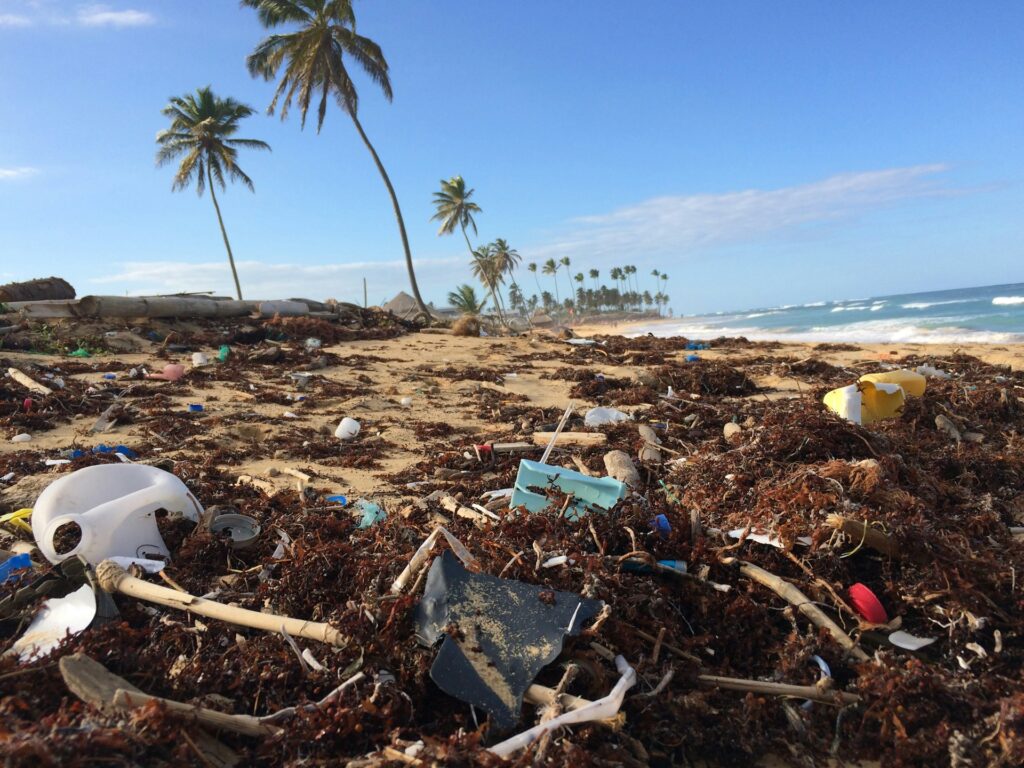How Environmental Pollution Impacts Water Globally
By Finlay Gilkinson – 19/05/2025
Water is the lifeblood of our planet, sustaining ecosystems, agriculture, and human life. However, environmental pollution is increasingly threatening this vital resource. From industrial waste to plastic debris, pollutants are degrading water quality and disrupting aquatic ecosystems. This blog explores the major types of water pollution, their sources, and their far-reaching consequences.

Types of Water Pollution
Chemical Pollution
Industrial facilities, agricultural runoff, and improper waste disposal introduce chemicals like heavy metals, pesticides, and fertilizers into water bodies. These substances can be toxic to aquatic life and make water unsafe for human consumption. For example, nitrates from fertilizers can cause algal blooms, depleting oxygen and creating “dead zones” in lakes and oceans.
Plastic and Solid Waste
Plastic pollution is a growing crisis, with an estimated 8 million metric tons of plastic entering the oceans annually. Microplastics, tiny fragments of degraded plastic, are ingested by marine animals, disrupting food chains and even ending up in human diets. Solid waste, like discarded packaging, clogs waterways and fosters bacterial growth.
Thermal Pollution
Power plants and industries often release heated water into rivers and lakes, raising water temperatures. This thermal pollution disrupts aquatic ecosystems, as many species, like fish, are sensitive to temperature changes. Warmer water also holds less oxygen, further stressing aquatic life.
Biological Pollution
Pathogens from untreated sewage or livestock waste can contaminate water, spreading diseases like cholera and typhoid. Invasive species, introduced through ballast water or other means, can also disrupt ecosystems by outcompeting native species.
Sources of Water Pollution
Consequences of Water Pollution
Environmental Impact
Polluted water disrupts ecosystems, leading to biodiversity loss. Coral reefs, wetlands, and fisheries suffer as pollutants alter habitats and food chains. For instance, oil spills coat marine animals, impairing their ability to swim or breathe, while acid rain from industrial emissions can lower the pH of freshwater systems, killing sensitive species.
Human Health Risks
Contaminated water poses serious health risks. Drinking water tainted with chemicals or pathogens can cause illnesses ranging from gastrointestinal infections to long-term conditions like cancer. In developing regions, lack of access to clean water exacerbates poverty and mortality rates.
Economic Costs
Water pollution affects industries like fishing, tourism, and agriculture. For example, polluted beaches deter tourists, while contaminated fisheries lead to economic losses for coastal communities. Cleaning up polluted water bodies is also costly, diverting resources from other public needs.
What Can We Do?
Addressing water pollution requires collective action:
How Environmental Pollution Impacts Water
Water pollution is a global challenge with devastating consequences for ecosystems, human health, and economies. By understanding its causes and effects, we can take steps to mitigate its impact. Clean water is not just a resource—it’s a necessity for life. Let’s work together to safeguard it for future generations.
Ready to find the perfect job?
Our team of experts work with an extensive network of employers. Submit your CV to ensure you’re a part of our network of talented candidates and we’ll make you aware of opportunities before they are even posted.
